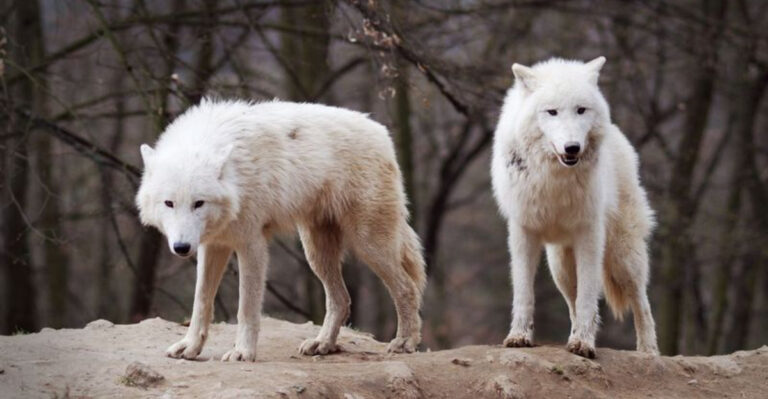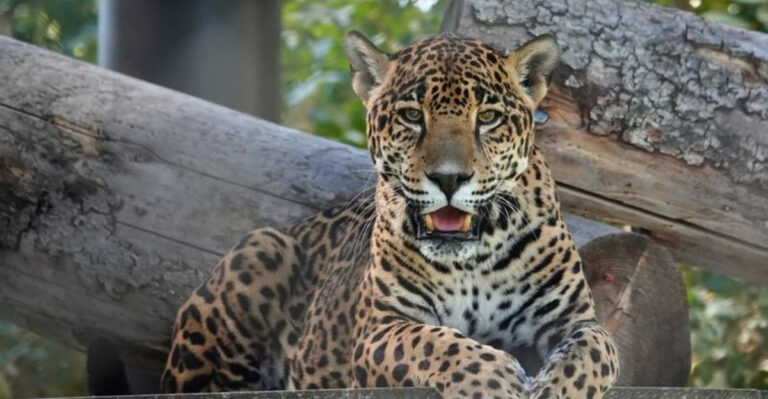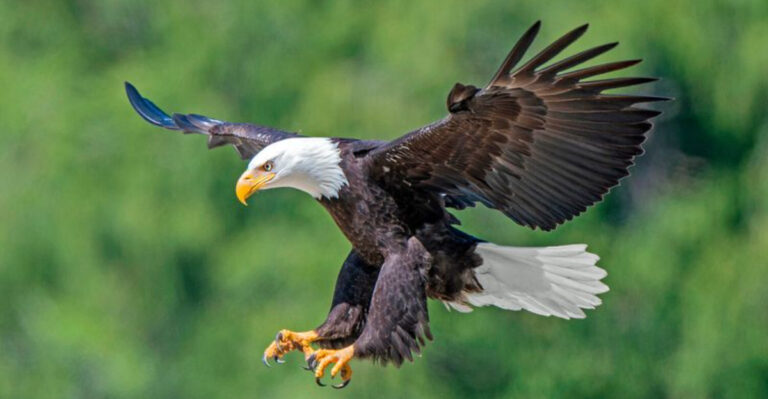Here’s How Birds Learn To Sing And What It Says About Their Intelligence
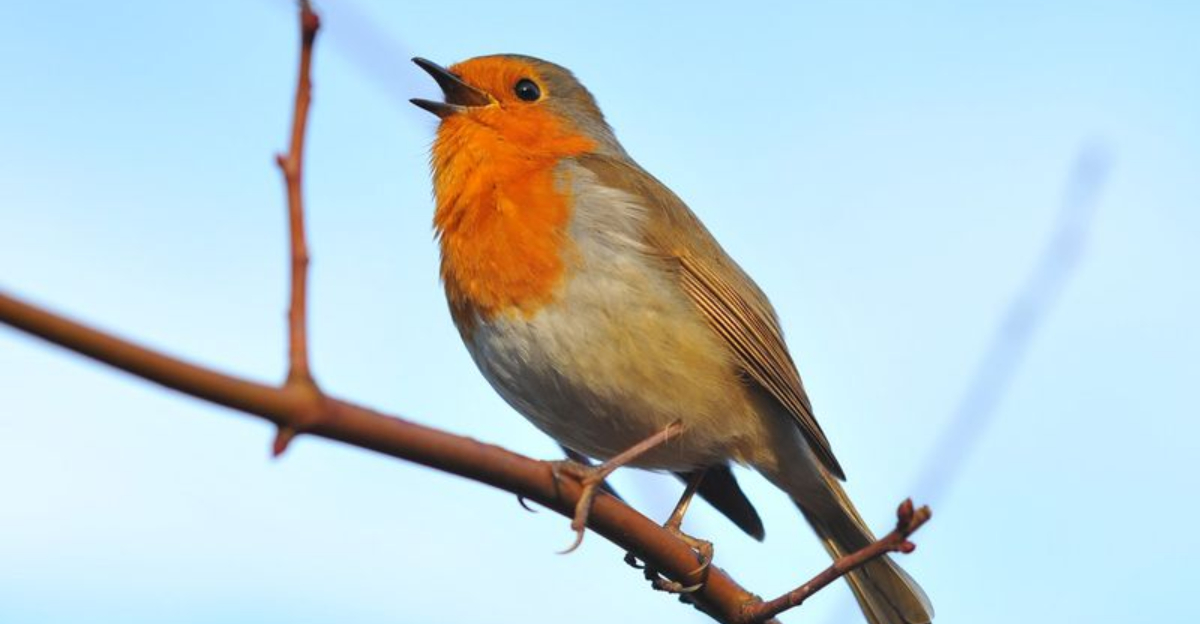
The melodious tunes of birds aren’t just beautiful sounds – they’re windows into remarkable learning processes.
Young birds develop their songs through a fascinating blend of genetic programming and environmental influence. The way birds learn to sing reveals surprising parallels to how humans acquire language, offering valuable insights into animal intelligence and the evolution of communication.
1. Some Birds Are Born With A Song Template
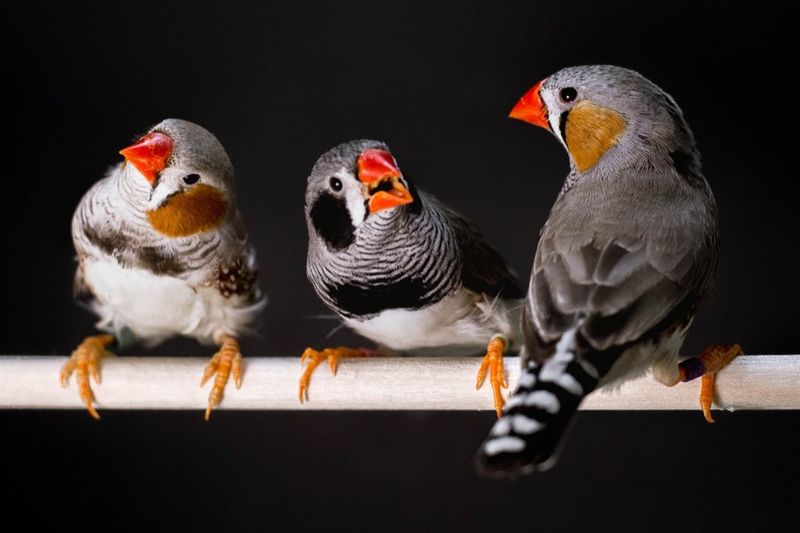
Many songbirds enter the world with a basic genetic blueprint for their species’ signature melodies. This innate template guides their vocal development even before they hear other birds sing.
Think of it like having the outline of a song already programmed in their brains. They’ll refine this template as they grow, but the fundamental structure exists from birth—a remarkable example of nature’s influence on bird intelligence.
2. Young Birds Need To Hear Adult Tutors
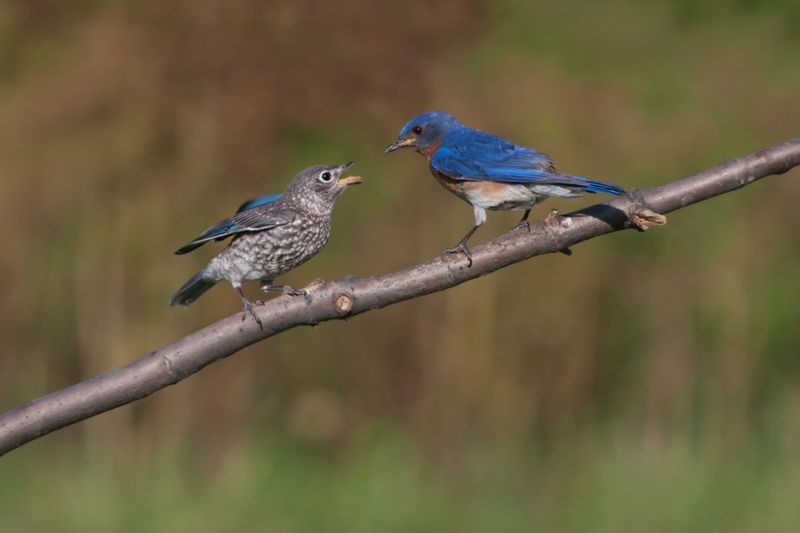
Fledglings require exposure to adult songs during their formative months. Without these vocal models, their songs remain underdeveloped or malformed—much like human children raised without language exposure.
The quality of these tutors matters too. Young birds typically learn best from their fathers or other adult males of their species, absorbing the nuances of rhythm, pitch, and sequence that make their species’ songs distinctive.
3. There’s A Critical Learning Period
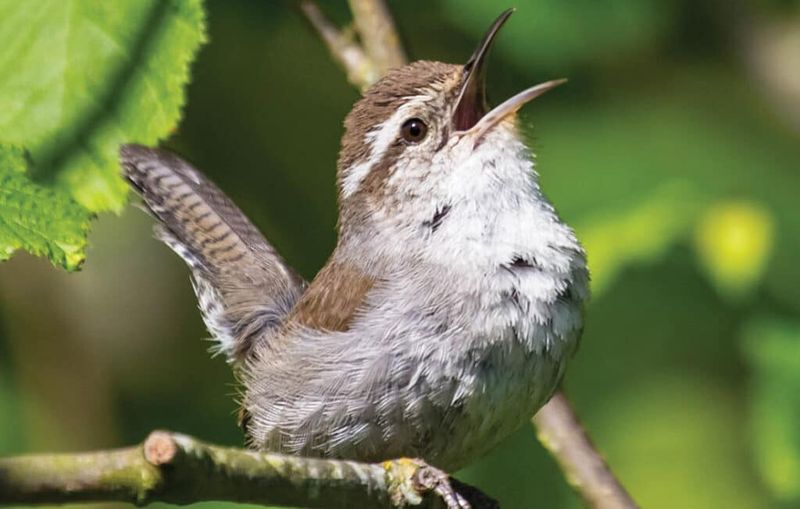
Songbirds experience a time-sensitive window for vocal development. Miss this critical period, and they might never sing properly—forever limited in their communication abilities.
For zebra finches, this window closes around 90 days after hatching. White-crowned sparrows maintain flexibility slightly longer. This parallels human language acquisition, where children learn languages effortlessly within certain developmental timeframes.
4. Not All Birds Need Teachers
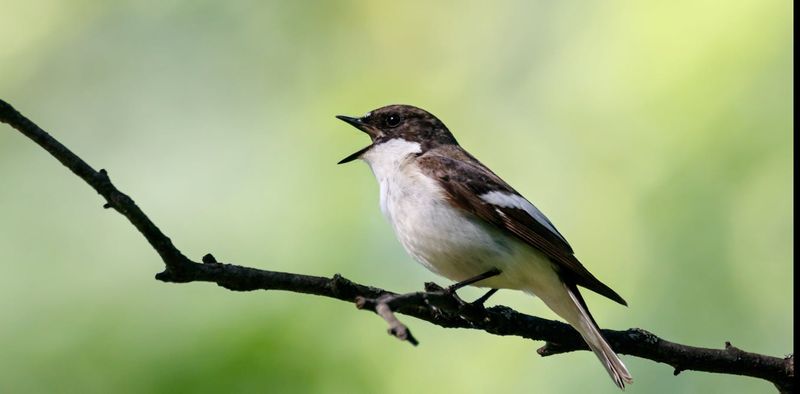
Suboscine birds like flycatchers and antbirds sing perfectly without ever hearing adults. Their songs emerge naturally as they mature—no lessons required!
Scientists discovered this by raising these birds in sound isolation chambers. When released, they sang exactly like wild birds. This remarkable ability showcases a different evolutionary path where complex behaviors are hardwired rather than learned, challenging our understanding of animal intelligence.
5. Dialects Exist Among Bird Populations
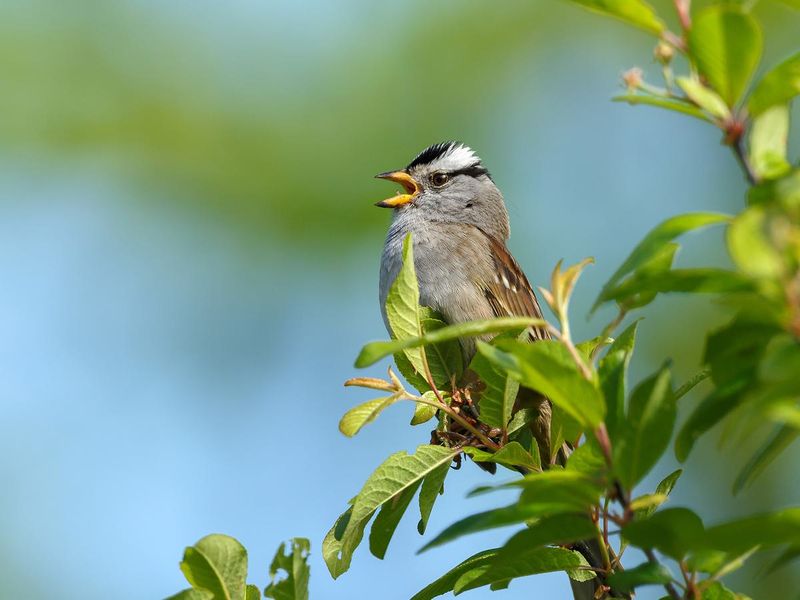
White-crowned sparrows from San Francisco sing differently than those from Marin County just miles away. These regional accents persist because young birds learn locally, creating distinct song cultures.
Researchers can often pinpoint exactly where a bird grew up just by analyzing its song patterns. These dialects demonstrate cultural transmission of knowledge—a sophisticated learning process once thought unique to humans and a few other mammals.
6. Birds Practice Before Singing Publicly
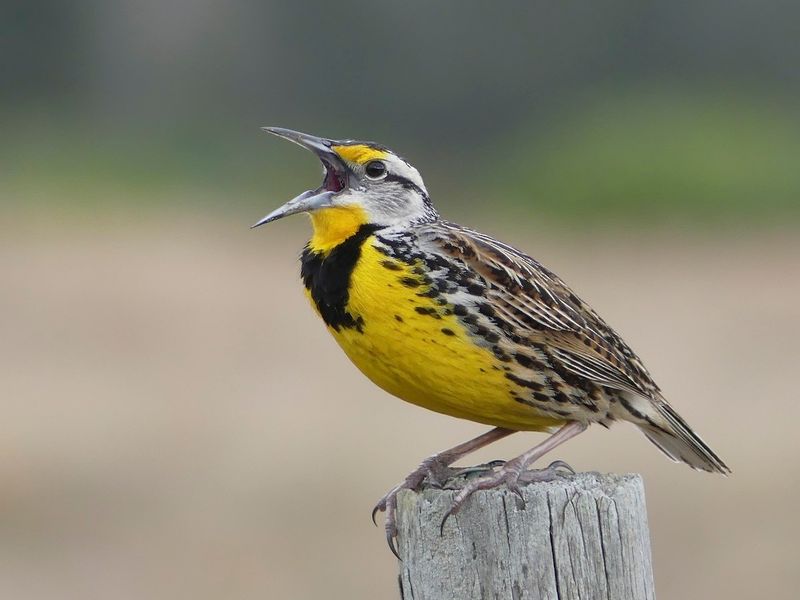
Young songbirds don’t nail their songs on the first try. They go through a “subsong” phase—soft, rambling vocalizations comparable to human babbling or a musician practicing scales.
During this private rehearsal period, birds experiment with sounds, gradually refining their performances. Brain scans reveal intense neural activity during these practice sessions as birds compare their own sounds to the memorized template of adult songs.
7. Females Can Influence Song Learning
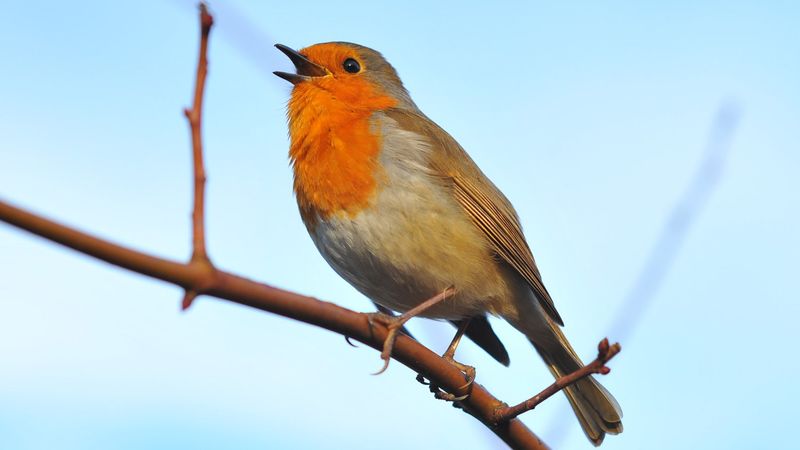
Female birds shape male singing through their preferences. When females respond positively to certain song elements, males incorporate these successful patterns more frequently.
This feedback loop creates a fascinating form of cultural evolution. In some species, females even perform subtle wing movements or calls when they hear appealing songs. This social reinforcement demonstrates sophisticated communication systems where learning happens through complex social interactions.
8. Urban Noise Can Change Bird Songs

City birds face a unique challenge: being heard above traffic and construction. Great tits in London sing at higher pitches than their countryside cousins. European robins often switch to nighttime singing to avoid daytime noise.
This remarkable adaptation shows cognitive flexibility—birds actively modify their learned songs in response to environmental challenges. Their ability to adjust communication strategies reveals problem-solving skills previously underestimated in avian intelligence.
9. Mimicry Is A Learned Skill
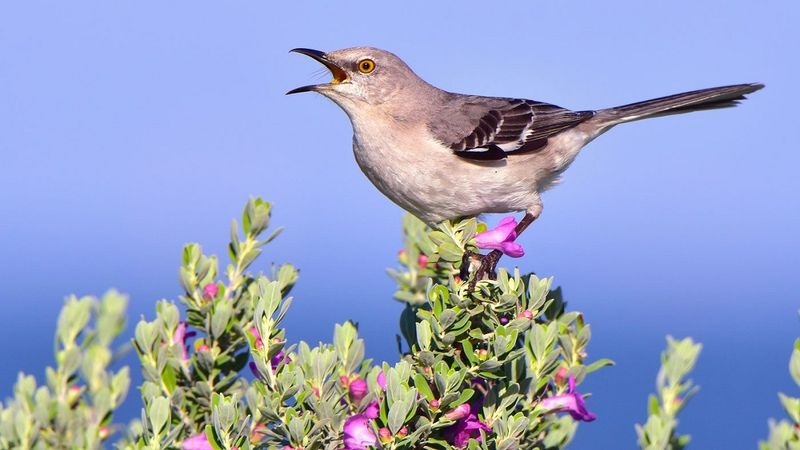
Mockingbirds and mynas don’t hatch knowing how to imitate car alarms or cell phones. They develop these impressive abilities through attentive listening and practice.
The Australian lyrebird can mimic chainsaws, camera shutters, and over 20 other bird species with astonishing accuracy. This learning process requires exceptional memory and vocal control. Such sophisticated mimicry demonstrates advanced cognitive processing that challenges traditional views about bird intelligence.
10. Song Repertoires Expand With Experience
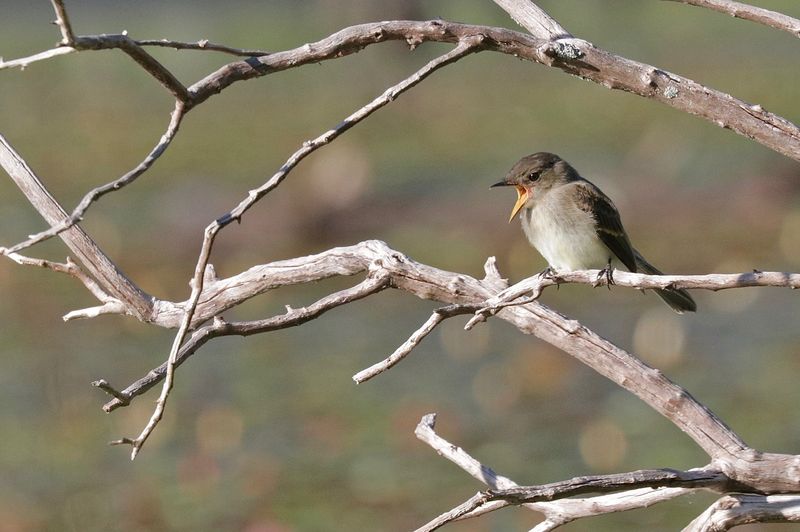
Many birds start with simple tunes but develop impressive song collections over time. European starlings can learn new phrases throughout their lives, accumulating hundreds of distinct song elements.
Brown thrashers might master over 1,000 different song types! This continual learning demonstrates remarkable memory capacity and cognitive flexibility. Older birds often possess the most complex songs, suggesting that avian brains, like human ones, benefit from lifelong learning.
11. Genetics Still Set The Boundaries
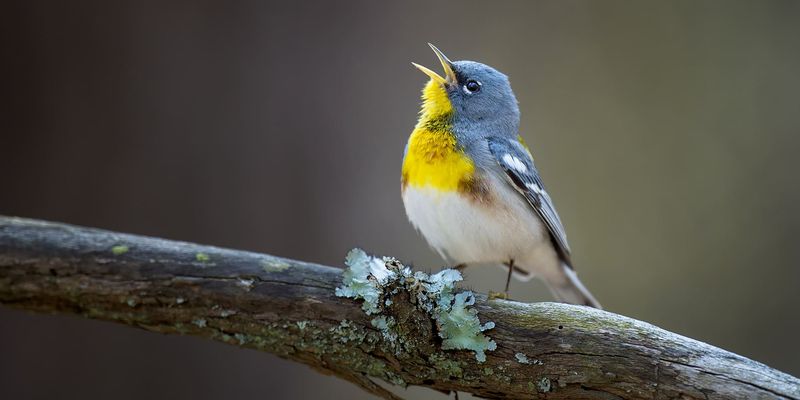
While learning shapes bird songs, genetics establish the fundamental framework. A chickadee cannot physically produce a crow’s caw, no matter how much it listens.
Scientists studying canaries discovered genes that control vocal muscle development and brain structures for song learning. These genetic factors explain why some species learn rapidly while others struggle. This interplay between nature and nurture reveals the sophisticated biological systems supporting avian vocal learning.
12. Cross-Fostering Studies Reveal The Balance
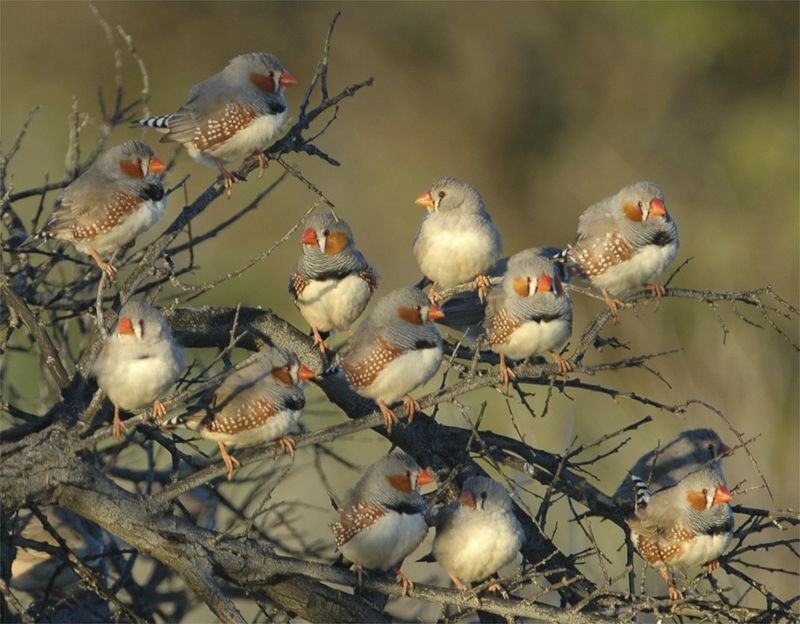
When scientists place eggs in nests of different species, fascinating vocal hybrids emerge. A white-crowned sparrow raised by song sparrows creates a unique melody blending both species’ characteristics.
These experiments help researchers untangle nature from nurture. The fostered birds maintain certain innate elements while adopting their foster parents’ song features. This research provides compelling evidence that bird songs emerge from sophisticated interaction between genetic programming and environmental learning.


